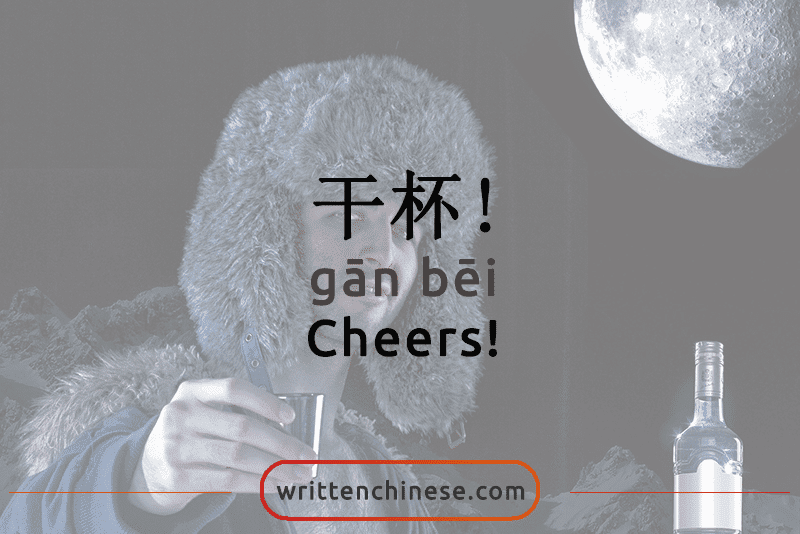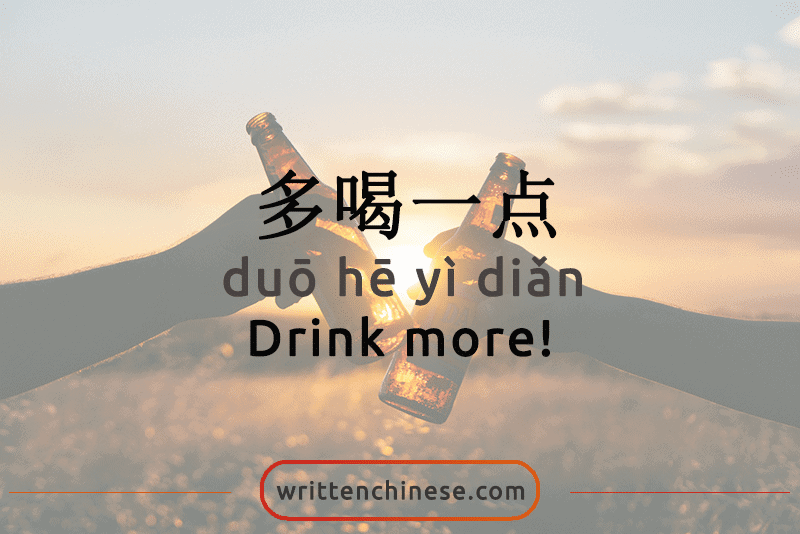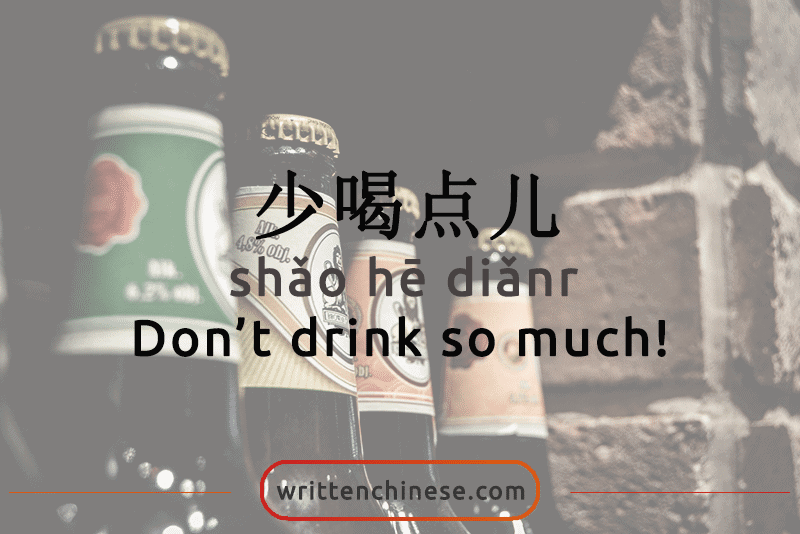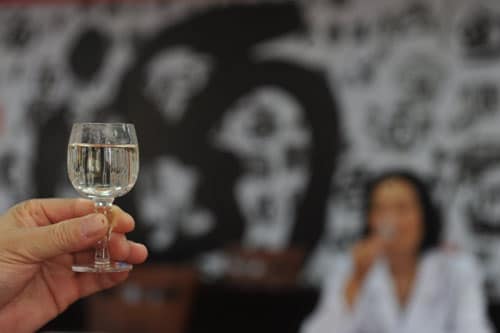It will only take [est_time] to read this post!
Whenever I’m in a new country, I always make it a point to brave the local firewater. In Chile, it was that tangy Pisco Sour, in Bulgaria it was the Rakia that knocked me off my feet, and when I arrived in China: Baijiu 白酒 (bái jiǔ).
WHAT IS BAIJIU?
It has been passed on to me that in Chinese business culture, Baijiu is often consumed as a symbol of good faith. After all, your true nature does tend to surface after a few “ganbei”s (aka, bottoms up) and don’t let the locals convince you that this is anything close to white wine, which is often how the word baijiu gets translated. What we have here is a hard liquor made from various grains such as sorghum, rice, and millet, touting an average alcohol percentage similar to vodka or higher.
Out of curiosity, I wandered into the baijiu section of a local grocery store here in Shenzhen this past weekend. They keep the expensive stuff locked up, and I noticed a bottle priced at 24,000RMB (roughly $4,000).
If you’re planning on doing business in China, it’s nearly impossible to avoid a business dinner which includes an often pricey bottle of this truth serum.
SOME DRINKING VOCABULARY
Here are the words you need to know to survive a real Chinese business dinner:
干杯 (gān bēi) bottom’s up / cheers

干杯 (gān bēi) does not literally translate to ‘bottoms up’ or ‘cheers’ but translates to ‘dry glass’ (干 – dry, 杯 – glass). When your party host says ‘干杯’ (gān bēi) you are expected to down the glass of 白酒. From my experience, if you’re a woman, you’re less likely to have to participate in the festivities, although as a foreigner I have never managed to get out of it!
Like in the west, it is customary to ‘clink’ glasses when 干杯 (gān bēi)-ing. It is respectful to clink below the rim of your host’s glass.
半杯 (bàn bēi) half glass
You may also hear 随意 (suí yì) meaning ‘at will’, so you are free to drink as little or as much as you wish.
你醉了吗? (nǐ zuì le ma?) Are you drunk?
我喝多了!(wǒ hē duō le) I’m drunk!

多喝一点。(duō hē yī diǎn) Drink more!

我不能再喝了。(wǒ bù néng zài hē le) I can’t drink anymore.
少喝点儿。(shǎo hē diǎnr ) Don’t drink so much!

我是佛教徒。 (wǒ shì fó jiào tú) I’m a Buddhist.
Get more useful vocabulary for drinking and eating with your Chinese friends and work colleagues.
THE FUTURE OF BAIJIU
Interestingly, baijiu has started to make an appearance in both the US and UK with companies trying to introduce the unique taste of baijiu to the western market. I’m curious to know if there are many foreigners who really enjoy the taste of baijiu, or whether it’s the way it’s usually drank in China that puts us off?
A BAIJIU COCKTAIL
Ingredients
- 45 ml Baijiu
- 15 ml lychee liqueur
- 20 ml lemon juice
- 3 drops of Szechuan Pepper tincture
Method
To make the Szechuan Pepper tincture, infuse cracked Szechuan Pepper in a high proof neutral spirit or vodka (greater than 50% ABV) in a glass jar for 2-3 days. When the flavour is to your liking, strain using a fine strainer and cheesecloth and store the liquid in an eye dropper bottle.
In a cocktail shaker, add the baijiu, lychee liqueur, lemon juice and tincture. Top with ice and shake until very cold. Strain into a chilled coupette glass. Garnish with a skewered lychee (optional) and serve with a shot of Baijiu.
Recipe Source: Cocktails & Bars
If you’re interested in learning more about baijiu and its origins, take a look at Baijiu: The Essential Guide to Chinese Spirits.
Do you have a favourite baijiu or enjoy the taste? Share your thoughts with us below!




